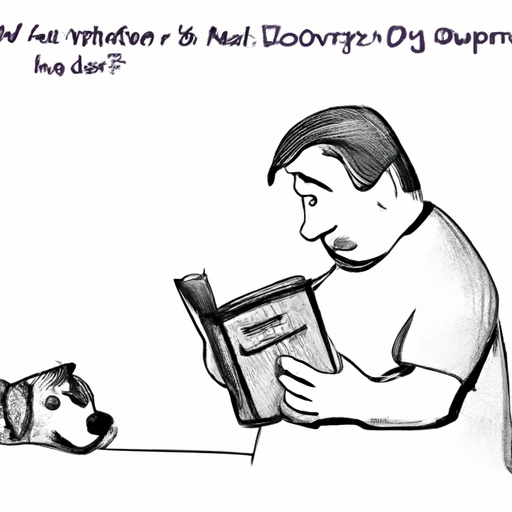As a caregiver, it’s natural to worry when your furry friend starts to show signs of discomfort. One of the most common issues you might encounter is dog vomit. This article will provide you with an in-depth understanding of what causes dogs to throw up and how to deal with it.
1. Understanding Dog Vomit
Understanding why your dog is throwing up is the first step to knowing how to help them. Dog vomit can be caused by a variety of reasons, some more serious than others.
- Dietary indiscretion: Dogs are notorious for eating things they shouldn’t. This can lead to stomach upset and vomiting.
- Gastrointestinal illness: Conditions such as gastroenteritis, colitis, and other GI diseases can cause vomiting.
- Food allergies or intolerances: Like humans, dogs can be allergic or intolerant to certain foods, which can cause an upset stomach.
- Toxins: If your dog ingests something toxic, vomiting is often the body’s way of trying to rid itself of the poison.
2. Recognizing the Signs
As a caring dog owner, you’re likely very in tune with your dog’s behavior. Here’s what to look out for:
- Increased salivation
- Lethargy
- Diarrhea
- Loss of appetite
| Signs | Meaning |
|---|---|
| Increased salivation | Possible nausea |
| Lethargy | General feeling of malaise |
| Diarrhea | Gastrointestinal upset |
| Loss of appetite | Feeling unwell or potential serious illness |
3. When to Seek Veterinary Help
Sometimes, dog vomit is a symptom of a more serious condition:
- Repeated vomiting: If your dog vomits multiple times in a short period, or if vomiting persists over several hours, it’s time to call the vet.
- Blood in the vomit: This can indicate a serious condition such as gastric ulcers or a blockage.
- Other alarming symptoms: Symptoms like a bloated abdomen, severe lethargy, or collapse are emergencies.
4. Preventing Dog Vomit
There are several things you can do to help prevent your dog from vomiting:
- Monitor their diet carefully: Make sure they’re not eating anything they shouldn’t.
- Slow down their eating: Some dogs vomit simply because they eat too quickly. Slow-feed bowls can help with this.
- Regular vet visits: Regular check-ups can catch potential issues early before they cause symptoms like vomiting.
5. FAQ’s
-
Q: Can I give my dog Pepto-Bismol for vomiting?
A: It’s best to consult with your vet before giving your dog any medication. -
Q: Why is my dog throwing up yellow liquid?
A: This could be bile, which indicates your dog is vomiting on an empty stomach. -
Q: How long should I wait to feed my dog after they vomit?
A: Typically, it’s recommended to wait at least a few hours. But always consult with your vet. -
Q: Should I give my dog water after they vomit?
A: Yes, but start with small amounts to avoid further upsetting their stomach.
Remember, as a caregiver, your intuition is vital. If something doesn’t feel right, it probably isn’t. Always reach out to your vet if you’re unsure or worried.



